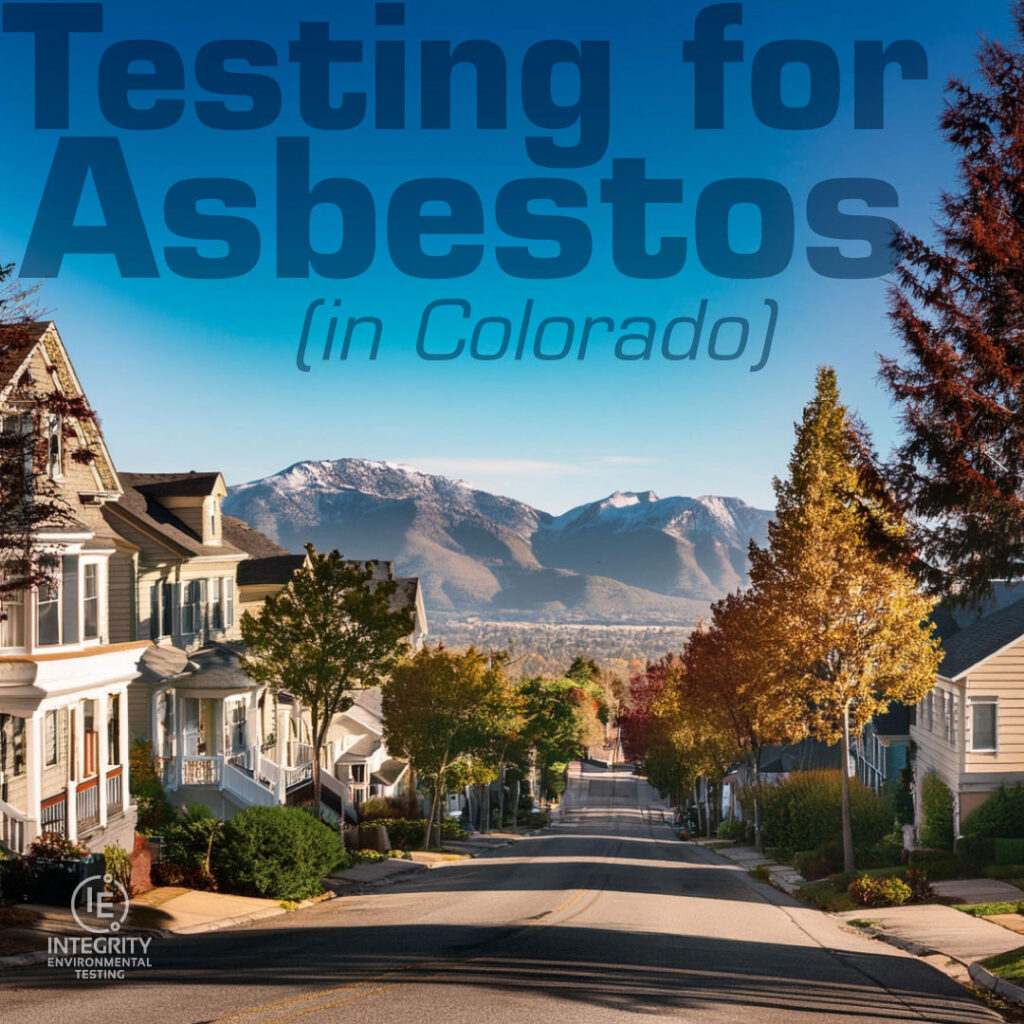
Asbestos spill delineation and bulk sampling are important processes in identifying and managing asbestos contamination. Here’s an overview of these procedures and asbestos testing.
Types of Asbestos Testing
Asbestos Spill Delineation:
When an asbestos spill occurs, it’s crucial to determine the extent of the contaminated area. This process, known as spill delineation, is typically performed by a certified Asbestos Inspector and involves:
- Visual examination to identify visible dust or debris related to the asbestos-containing material (ACM).
- Air sampling to measure airborne asbestos fiber levels.
- Microvacuum dust sampling to detect surface contamination.
- Wipe sampling to assess the presence of asbestos on surfaces.
The goal is to accurately identify all areas affected by the spill, ensuring that subsequent cleanup efforts are comprehensive.
Bulk Sampling:
Bulk sampling is a method used to determine if a material contains asbestos. It involves:
- Samples collected from each homogeneous area of suspect material.
- A lab analyzes the samples using methods such as Polarized Light Microscopy (PLM).
Bulk sampling is typically performed before renovation or demolition activities to identify asbestos-containing materials that may require special handling or removal.
Air Quality Testing:
Measures the concentration of airborne asbestos fibers. This can be done using:
- Phase Contrast Microscopy (PCM): A faster, less expensive method that counts all fibers but doesn’t distinguish asbestos from other types.
- Transmission Electron Microscopy (TEM): A more precise method that can identify specific asbestos fibers.
Surface Sampling:
Includes micro-vacuum dust sampling and wipe sampling to detect asbestos contamination on surfaces.
Soil Sampling:
Includes collecting samples from suspected areas and sending them to a laboratory for analysis.
When Asbestos Testing is Performed:
- Before Renovation or Demolition: To identify asbestos-containing materials that may be disturbed during work.
- After Asbestos Removal: To ensure that the area is safe for reoccupancy.
- During Spill Response: To delineate the affected area and guide cleanup efforts.
- Routine Monitoring: In buildings with known asbestos-containing materials to ensure they remain in good condition.
Why Asbestos Testing is Performed:
- Legal Compliance: Many regulations require asbestos testing before renovation or demolition activities.
- Health Protection: Asbestos can cause serious health issues when inhaled, so testing helps prevent exposure.
- Risk Assessment: To evaluate the potential for asbestos exposure in a building or area.
- Spill Response: To guide cleanup efforts and ensure all contaminated areas are addressed.
- Clearance: To verify that asbestos removal or cleanup has been successful and an area is safe for normal use.
Colorado Regulations Governing Asbestos: 5 Colo. Code Regs. § 1001-10-B-III
OSHA Rules: 1926.1101 – Asbestos
By employing professionals to perform these various testing methods at appropriate times, building owners, contractors, and health officials can effectively manage asbestos risks and protect public health.
